|
|
Post by longor on May 17, 2008 22:36:59 GMT -10
Hi guys, my friend from Papua is kind enough to share some photos of his recent trip to locate N.Treubiana. He asked me to post photos on his behalf. Enjoy. The location of treubiana is very sacred to the locals, it is apparent that humans have inhabited the land form many generations, on some site you can find ancient rock painting, similar to those made by the Aborigines in Australia. You need a special permit by the local tribe leader before you can venture out to the area. 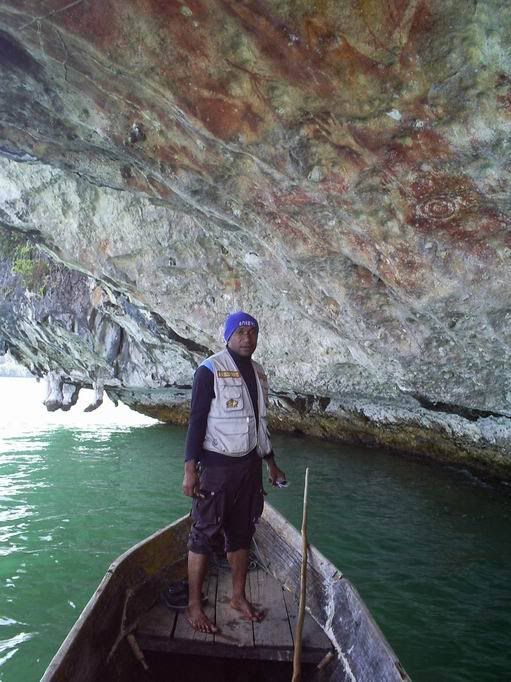 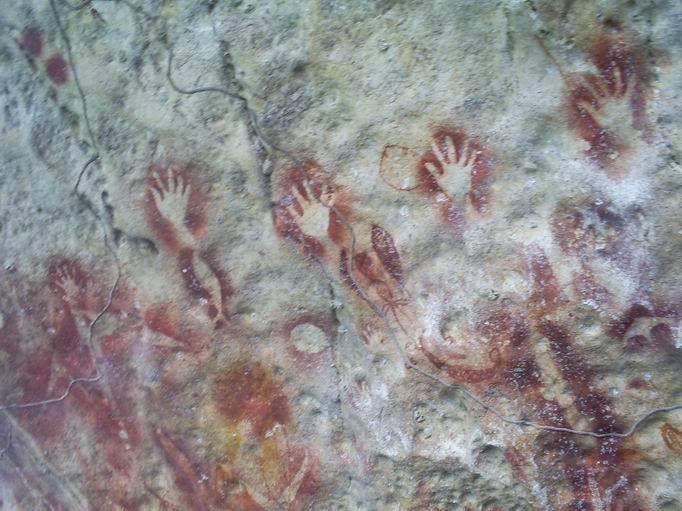 in a dugout to the location  Plants by the cliff 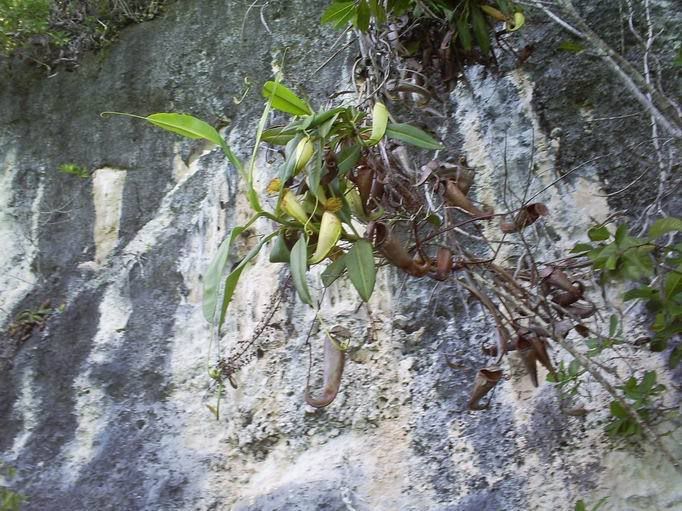 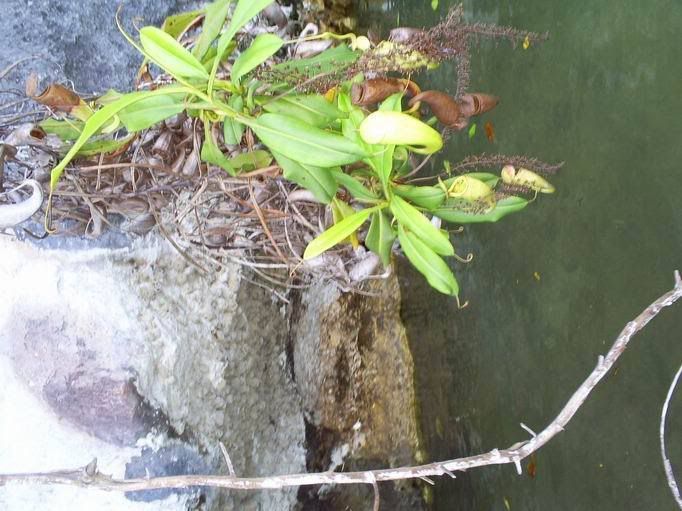 plants on the island  lower pitcher 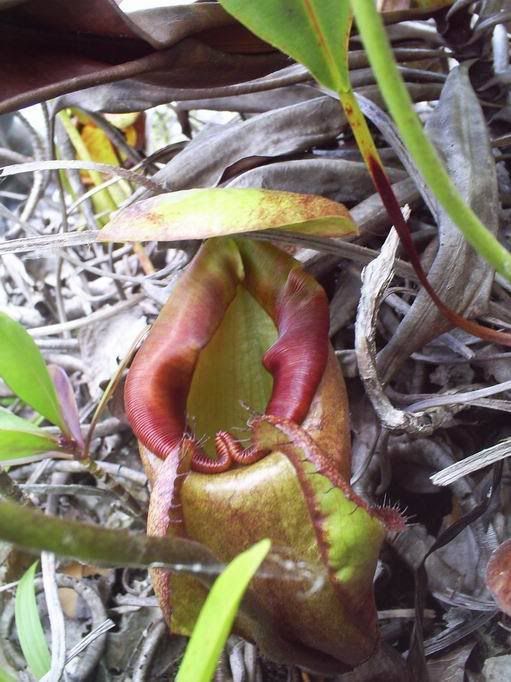 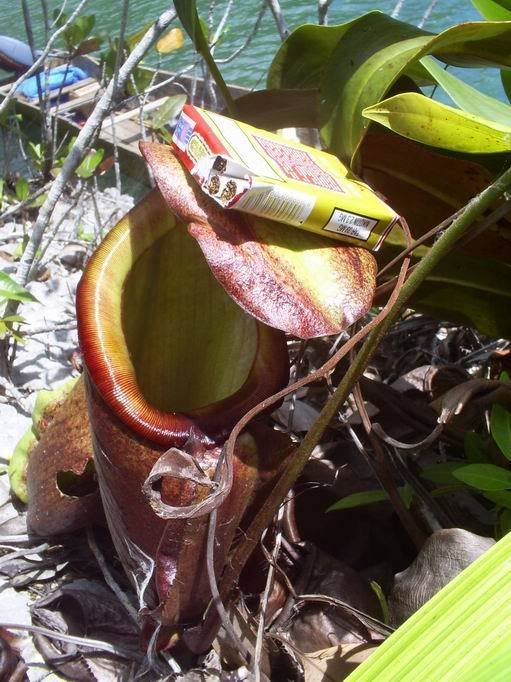 lower with coke can as scale 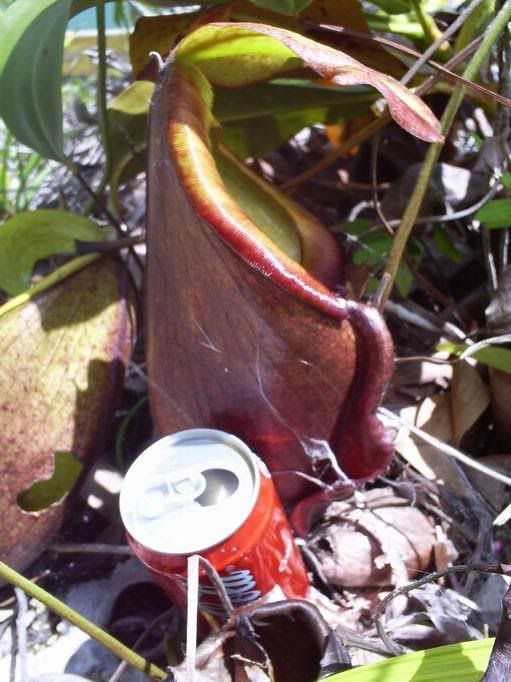 with hand for scale 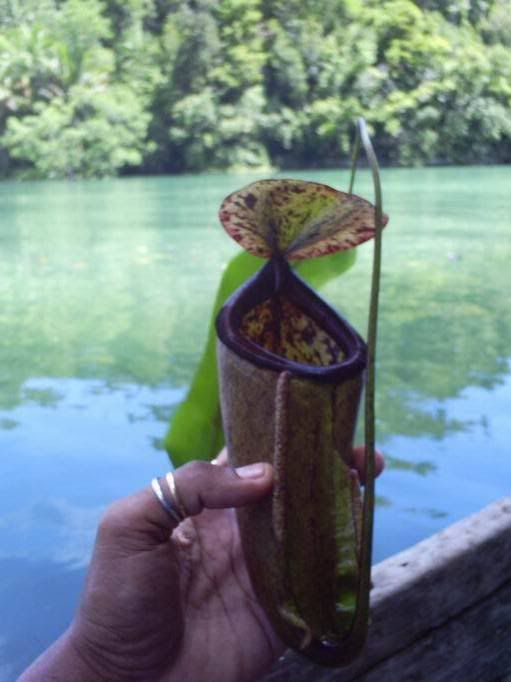 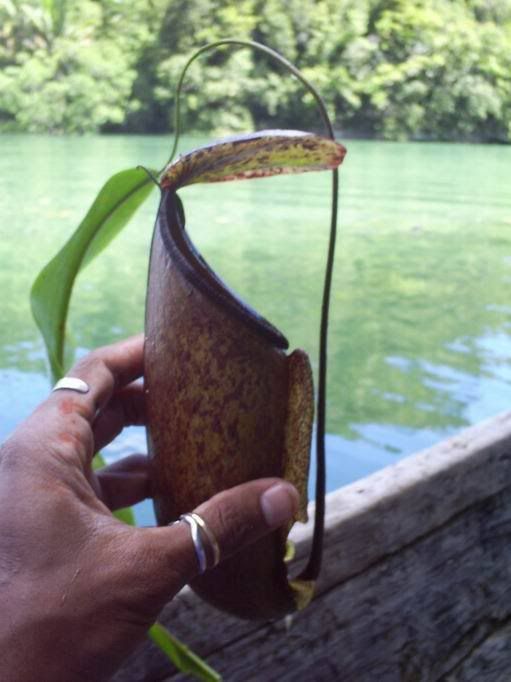 intermediate/upper 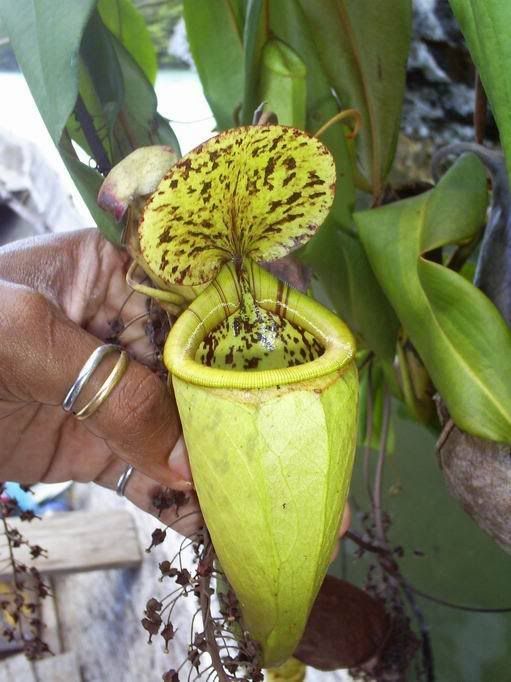 unopened pitcher 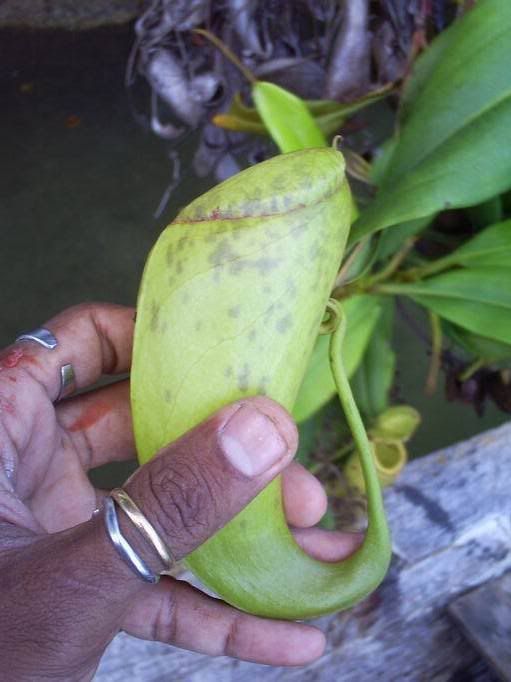 the location and habitat is very similar to the one that I (and he) went to at Raja Ampat, but the plants there are much smaller and also has a slight resemblance to N.neoguineensis and N.papuana. after seeing the type specimen here, my friend believe that the species, considered by some as a form of N.treubiana at Raja Ampat is distinct enough to be considered as a different species Cheers |
|
|
|
Post by longor on May 17, 2008 22:51:42 GMT -10
|
|
|
|
Post by rainforest on May 18, 2008 7:19:18 GMT -10
This is a notable post showing extremities nepenthes can occupy with adaptive qualifications which make them invincible! These observations and posts are much more significant than many textbook explanations or descriptions to date. While lacking in quantitative mumbo-jumbo, qualitative illustrations and depictions clearly paint a big picture of what we are dealing with here.
Many textbooks lack this "artistic expression" of telling a story with pictures. Many thanks for showing us a true to life picture of this species.
Michael
|
|
|
|
Post by phissionkorps on May 18, 2008 7:41:23 GMT -10
Wow Longor!
Thanks a million for posting this! When I looked at the first couple pics, the pitchers do indeed resemble neoguineensis. Man I wish this species wasn't literally impossible to obtain, I just love how.
Anyway, thanks for sharing more photos of it. Those are hard enough to find as well.
|
|
|
|
Post by vraev on May 18, 2008 8:37:17 GMT -10
Wow! Longor, that is just fantastic. I am jealous how you take the opportunity to visit the exotic native locations of nepenthes, but glad that you take such comprehensive pictures with scale references to everyday stuff. THanks for that informative field report. I guess this is another plant to join the ranks of the current lowlanders eh???  |
|
|
|
Post by cloudsitter on May 20, 2008 20:17:39 GMT -10
This is a notable post showing extremities nepenthes can occupy with adaptive qualifications which make them invincible! These observations and posts are much more significant than many textbook explanations or descriptions to date. While lacking in quantitative mumbo-jumbo, qualitative illustrations and depictions clearly paint a big picture of what we are dealing with here. Many textbooks lack this "artistic expression" of telling a story with pictures. Many thanks for showing us a true to life picture of this species. Michael And I have been teaching myself this way from the beginning, visual, then kinetic. But without the people such as longor I'd be lost long ago. |
|
|
|
Post by unclemasa on May 21, 2008 20:16:15 GMT -10
longor ....
The hand prints are very interesting. The very early visitors to the Hawaiian Islands made identical hand prints. I believe the 'paint' was held in the mouth and then sprayed around the hand. This type of 'hand painting' is probably one of the oldest forms of human expression ( ... a self-portrait). Do the present day residents continue the practice?
Please let your friend from Papua know how much we enjoyed and appreciated his contribution.
|
|
|
|
Post by sockhom on May 29, 2008 20:54:13 GMT -10
Dear Longor,
The plants from both locations seem different to me too.
The second (from Raja Ampat / Misool Island) looks more related to N. neoguineensis but hey... one can't develop solid argument relying on pictures only. ;D
Do you in what kind of "soil" N. treubiana is growing?
Friendly,
François.
|
|
|
|
Post by ep on May 30, 2008 2:47:54 GMT -10
Hi All,
Great photos longor.
Perhaps the plants from Raja Ampat are natural hybrids? They look like what you would expect from N.treubiana x neoguinensis or vice versa.
Geoff
|
|